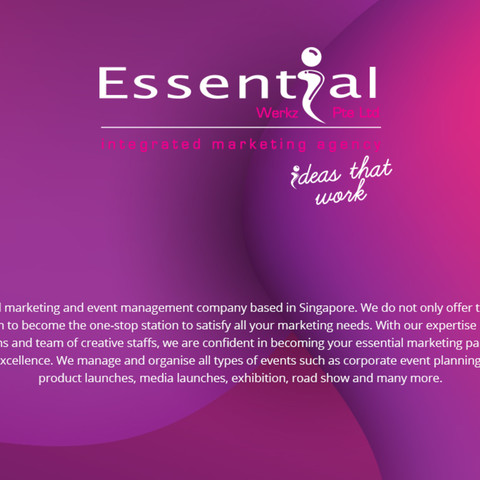Essential Werkz Pte Ltd
This is your source of information. Get as much details from the clients as possible, such as objectives, key performance indicators, list of requirements, specifications. After receiving the brief, internalize the brief, look for loop holes and see if there are existing campaigns, ideas or concepts to work on and also similar past events to study and improve on.
One of the key factor to consider is the type of audience the event is planned for, such as general public, targeted group of people, special interest group or closed door groups as these determine what type of activities, venue and programmes are required.
Ensure that the look and feel is suitable for the event and aligned to the Corporate Identity. Space and resource planning also affect the visual experience of the audience. Example of space planning involve ample parking space, location for food and snack, or interactive area to involve the audience. Theming your event to drive home key message and have consistency for the event to create higher recall factor for participants.
Knowing the tools to plan and execute an event is critical to the execution of Event. Set up the detailed milestones and deadlines to enable contingency and reaction time during the run up. Ensure client and vendors understand the requirements and responsibilities in detail. Plan by working backwards from event date.
Also featured in:
Reviews
No reviews yet
